Lahore, often dubbed as the ‘Heart of Pakistan’, has been the epicenter of historical, cultural, and political developments throughout Pakistan’s evolution. With its roots seeping deep into antiquity, Lahore’s significance has spanned from the era of grand empires to the rise of modern-day Pakistan. Let’s embark on a journey through time to explore how Lahore has intricately woven itself into the fabric of Pakistan’s history.
Pre-Islamic and Early Islamic Eras
Lahore’s origins can be traced back to the Hindu legend of Lav, the son of Rama, suggesting that the city is more than 4000 years old. Over time, Lahore saw a plethora of rulers from the Mauryans to the Ghaznavids. However, its stature as a focal point in South Asia began to amplify during the Islamic conquests.
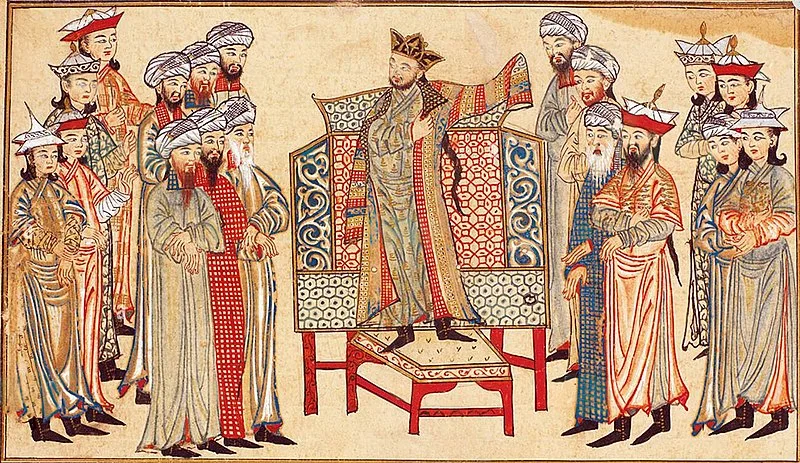
The arrival of Mahmud of Ghazni in the 11th century marked the beginning of Lahore’s transformation into a hub of Islamic culture and learning. As the city’s importance grew, so did its libraries, madrassas, and architectural marvels, symbolizing the city’s embrace of its new Islamic identity.
The Mughal Era: Lahore’s Golden Age
Lahore’s true renaissance came under the Mughal Empire. Emperor Akbar recognized Lahore’s strategic importance and made it his empire’s western capital. The majestic Lahore Fort and the iconic Badshahi Mosque, which still stands today as a testament to the Mughal’s architectural genius, were constructed during this era.
Under Jahangir’s reign, Lahore blossomed as a center of art and literature. The famous Shalimar Gardens, an epitome of Mughal garden design, were constructed in this period. It was also during the Mughal era that Lahore developed its famed Walled City, which remains a mesmerizing journey back in time for anyone wandering its narrow alleys today.
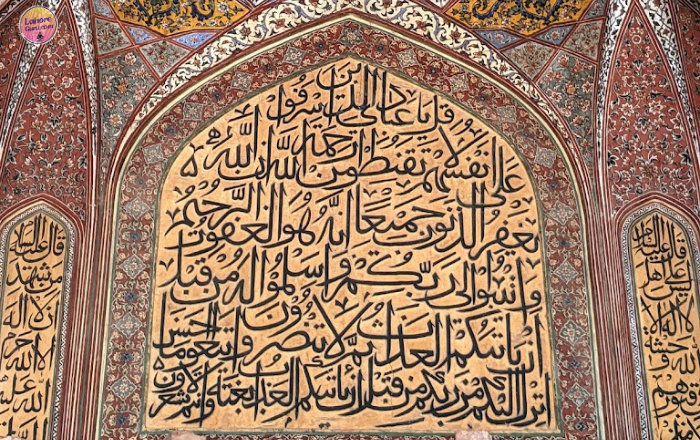
The Sikh and British Eras
Following the decline of the Mughal Empire, Lahore experienced the tumultuous rule of various Afghan and Persian invaders. The city’s fate changed once again when Maharaja Ranjit Singh established the Sikh Empire in the early 19th century. Lahore was at the heart of this empire, and many Sikh architectural and cultural imprints remain, like the Gurdwara Janam Asthan Guru Ram Das Ji.
However, by the mid-19th century, the British East India Company annexed the region. Under the British, Lahore became a pivotal center for education and political activities. The formation of the All India Muslim League in 1906, which later spearheaded the demand for an independent Pakistan, was strongly influenced by thinkers and leaders based in Lahore.
Lahore: The Heartbeat of Pakistan Movement
Lahore’s most iconic moment in the 20th century was undeniably the declaration of the Lahore Resolution in 1940. This resolution, later known as the ‘Pakistan Resolution’, was the formal call for a separate homeland for the Muslims of South Asia. Lahore, once again, found itself at the crossroads of history, echoing the demands and aspirations of millions.
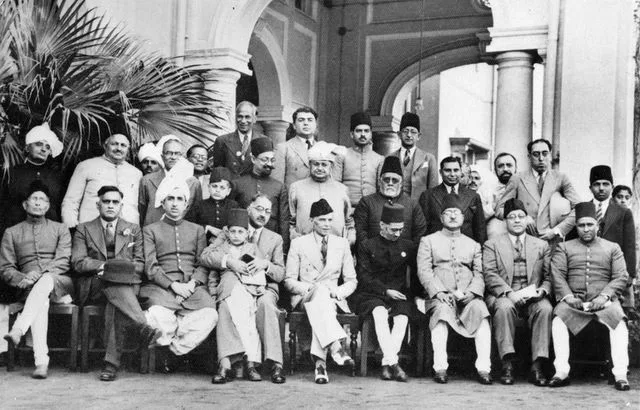
Post-Independence Lahore: A Mélange of Past and Present
After the birth of Pakistan in 1947, Lahore retained its stature as a cultural, educational, and political nucleus. Universities like the University of Punjab have churned out thinkers, artists, and leaders who have shaped Pakistan’s trajectory. The thriving Punjabi film industry, often referred to as “Lollywood”, also calls Lahore its home, showcasing the city’s artistic spirit.
Modern-day Lahore is a beautiful amalgamation of its rich history and the promise of a contemporary future. From the bustling streets of Anarkali Bazaar to the modern infrastructure that crisscrosses the city, Lahore embodies Pakistan’s journey from its ancient roots to its ambitious aspirations.
Conclusion
Lahore is not just a city; it’s an emotion, a story, and an embodiment of Pakistan’s spirit. From its ancient legends to its pivotal role in the formation of Pakistan, Lahore’s chronicles are interwoven with the annals of the nation it proudly represents. As the saying goes in the local vernacular, “Jinay Lahore nahi vekhya, o jamyai nai!” (One who has not seen Lahore, has not been born!). Indeed, to know Pakistan, one must know Lahore. It’s a city that encapsulates the past, celebrates the present, and looks forward to a promising future.
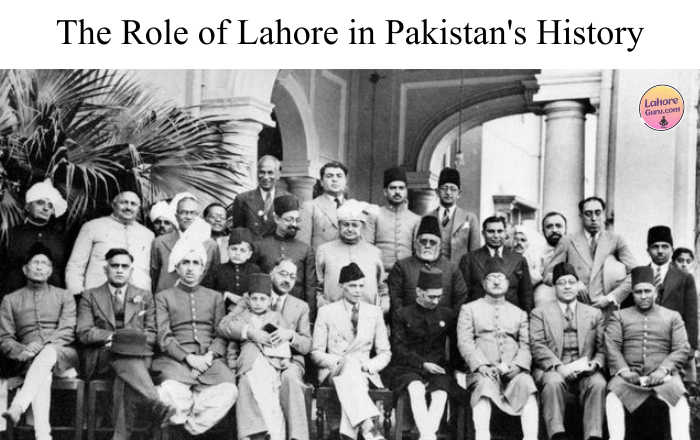
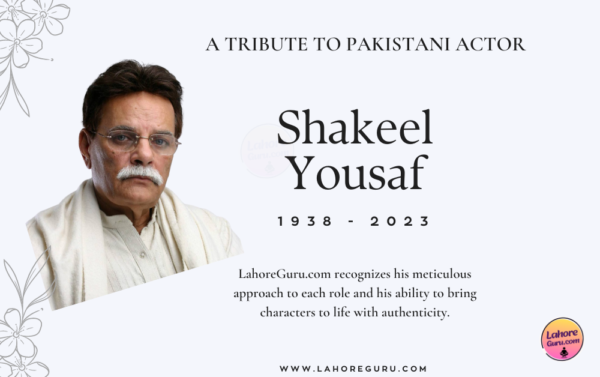

Thank you for the good writeup
Thanks for sharing. I read many of your blog posts, cool, your blog is very good.